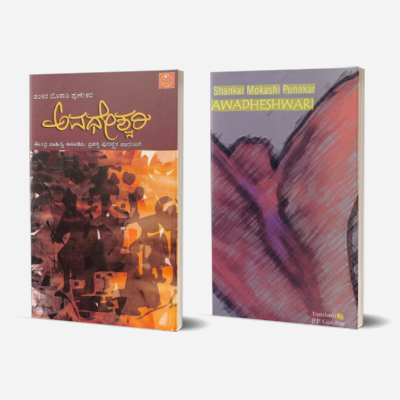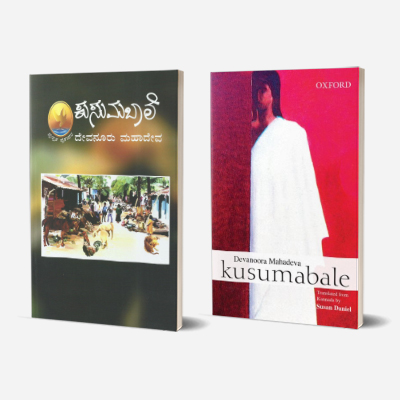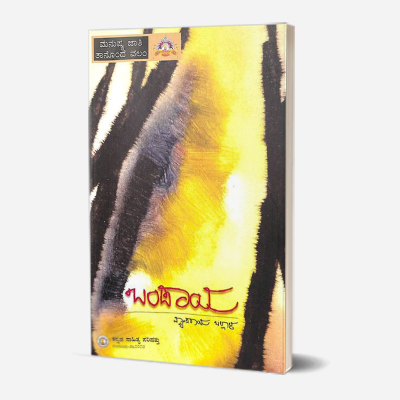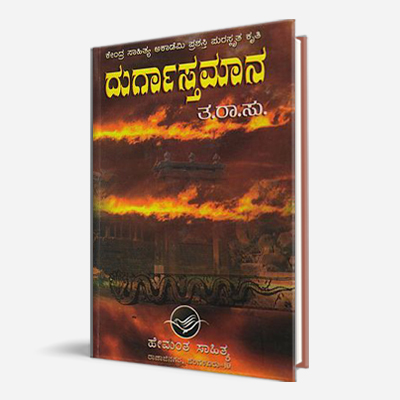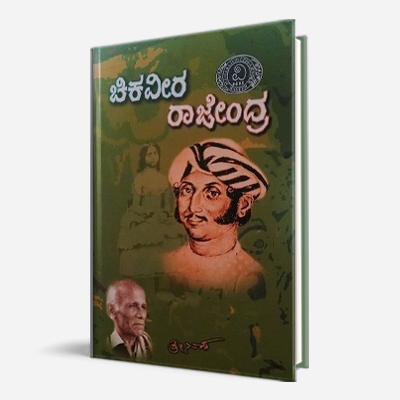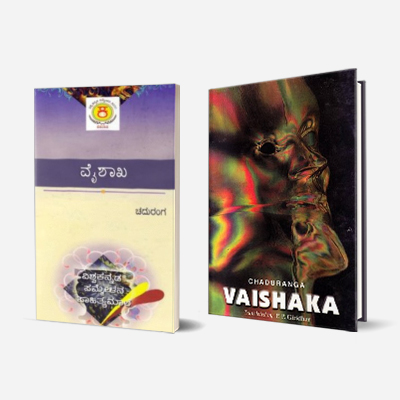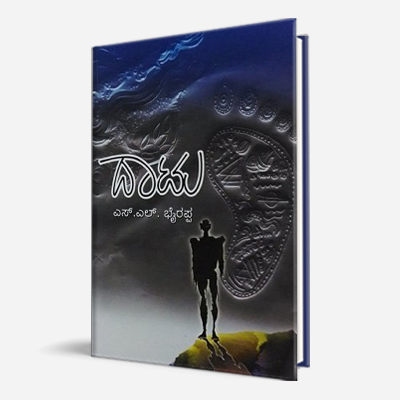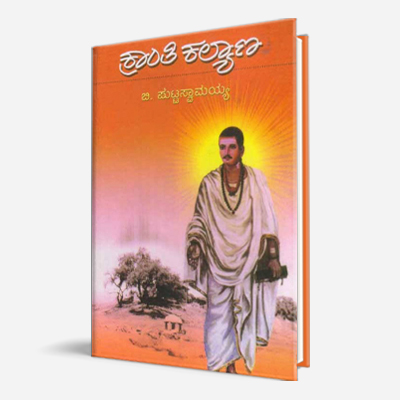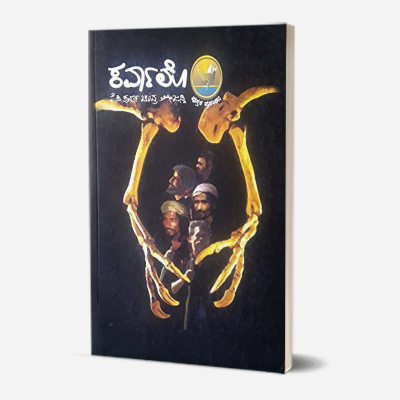Mookajjiya Kanasugalu
By K. Shivaram Karanth
Mookajjiya published in 1968, is a Kannada epic novel. The name of the novel itself is interesting as when translated, it reads as ‘Dreams of Silent Granny’. Set in a village called ‘Mooduru’, the novel revolves around two main characters: Mookajji and her grandson Subbraya. Subbraya represents the doubts raised in human beings about the god and other traditions. Mookajji is a widow aged about 80, who lost her husband at the age of ten. The character of grandmother in this book has got some supernatural powers of telling the truth about the things that are going to happen and those which have already happened. It received the Jnanpith Award in 1977.
About the Author
Kota Shivaram Karanth (1902 –1997) was an Indian polymath, who was a novelist in Kannada language, playwright and conservationist. Ramachandra Guha called him the “Rabindranath Tagore of Modern India.” He wrote, apart from his forty-seven novels, thirty-one plays, four short story collections, six books of essays and sketches, thirteen books on art, two volumes of poems, nine encyclopaedias, and over one hundred articles on various issues. His magnum opus Devaddhootaru, a satire on contemporary India, was published in 1928.
Also read
Sarasammana Samadhi
Translated into English as A Shrine for Sarasamma by Dodderi Aswathanarayanarao Shankar
Written by K Shivarama Karanth in 1937, in his early thirties, this novel is a classic in Kannada. It offers one of the most authentic and searing accounts of Indian womanhood, which consistently, and through the ages, has suffered deep anguish, humiliation and crushing insult from the oppressive patriarchal culture prevalent in all parts of India and among all castes and classes.
Marali Mannige
Translated into English as Return to Earth by Padma Ramachandra Sharma
It is the story of three generations of an agrarian Brahmin family living in a village by the sea, spanning a period of almost six decades. In this long period of time, several changes take place impacting both life and living. Karanth portrays the coming of several modernities and curiously watches the manner in which his characters respond. In what can be called a dense interlacing, Karanth juxtaposes the outer world with the inner texts of his characters. By setting his novel against the backdrop of society in flux, Karanth creates a powerful context and location for his characters, while dislodging them from it too. For him, it is essentially the study of human nature –he extols its beauty and condemns its vileness. He describes the picturesque grandeur of the physical landscape, but his inclination is in exploring the human conscience itself. Without the ponderous bearing of a social commentator, he tells the story of Marali Mannige with a simplicity that’s hard to achieve.
Daatu
By S.L. Bhyrappa
Written in the early 70’s with a backdrop of much debated caste system that was deep rooted in the country, Daatu was way ahead of its time. The intricate explanation and detailed narration of the different castes and cultures is a shellshock experience for the readers. It explores the social, political and economic conditions of that time, with the subject of the story being an inter caste marriage between a Brahmin girl and a Gowda boy. It received the Sahitya Akademi Award in 1975.
About the Author
Santeshivara Lingannaiah Bhyrappa is widely regarded as one of modern India’s foremost novelists. His novels are unique in terms of theme, structure, and characterization. He has been among the top selling authors of Kannada language. He has been awarded with the 20th Saraswati Samman for 2010. Bhyrappa’s works do not fit into any specific genre of contemporary Kannada literature such as Navodaya, Navya, Bandaya, or Dalita, partly because of the range of topics he writes about.
Also read
Anchu
Translated into English as Brink by R. Ranganath Prasad
It recounts the love saga between Somashekhar, a widower, and Amrita, an estranged woman. The novel deliberates on the moral, philosophical, and physical aspects of love between a man and a woman. At the core of the story is compassion, and Somashekhar is the very personification of compassion. He brings love and warmth into Dr. Amrita’s melancholic life. But time and again, she loses her temper and undergoes swift mood changes. In such times, she inflicts pain and torture on Somashekhar in spite of his sincere love for her. Will Somashekhar be able to help her overcome depression by his perseverance and sacrifice? An enthralling read, the novel has stood the test of time like Bhyrappa’s other novels. Packed with internal drama, tension, and flashbacks, the book promises to impart an aesthetic experience to the reader.
Mandra
Translated into English by Dr. S. Ramaswamy and Smt. L.V. Shantakumari
Mandra, the Saraswati Samman winner for 2010, is one of the most acclaimed epic novels of Bhyrappa. Though it takes its theme from the classical question of art versus morality, many more subtle and complex issues haunting human life are marvellously interwoven. Rooted deeply in the harsh realities of the world, the governing theme evolves like a banyan tree in all directions and pictures many home-truths that are inseparable with art, artist, art-tradition, art-criticism and the world of connoisseurs.
Kranti Kalyana
By B. Puttaswamayya
Kranti Kalyana consists of 6 volumes: Udayaravi, Rajyapala, Kalyaneshwara, Nagabandha, Mugiyada Kanasu, Kalyana Kranti. It is a historical fiction based on the life and times of Basaveswara. The most arresting sections of the novel focus as much on the saints and Sharanas as on the villains who thwart Basavanna’s noble and salutary effort. It won the Sahitya Akademi Award in 1964.
About the Author
B. Puttaswamayya was a novelist, playwright and journalist in the Kannada language. He was awarded the Sangeet Natak Akademi Fellowship in 1978 for his plays by the Government of India. He was acclaimed for his social and historical fiction as well and his plays.
